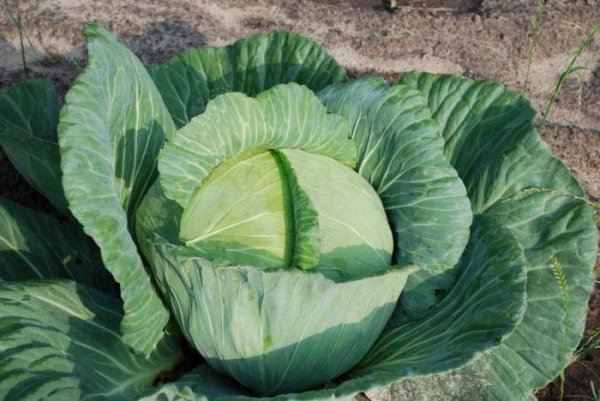
Rotting cabbage from the inside is most often caused by such a fungal disease as “mucous bacteriosis”. In common people, the disease was called "wet rot." An infection can develop during all phases of the development of cabbage and even during its transport or storage. The disease is very dangerous and can lead to the death of the entire crop.
Content
Signs of defeat
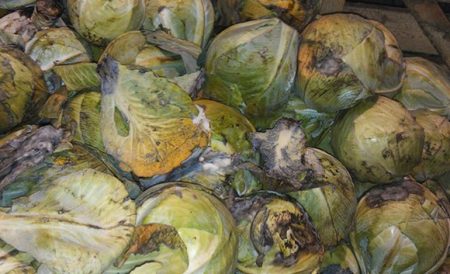
The initial stage of the disease is very difficult to notice. An infected cabbage growing on a bed can have two options for the development of an ailment:
- Covering leaf rot. The outer leaves darken, become covered with mucus and exude the smell of rot. Slowly and confidently, bacteriosis captures the whole head of cabbage, which leads to the inevitable death of the plant.
- The spread of infection begins with the stump. In this case, pathogens through the soil or insects infect the stalk. It changes color to dark and becomes softer. The disease progresses rapidly, the internal leaves acquire a dirty cream color, soften and eventually head out.
During storage of cabbage, the rot remains unnoticed for a long time. The inner part of the stump gradually decomposes and turns into a mucous mass with a putrid odor. It is possible to detect bacteriosis when most of the head is affected.
Causes of the disease
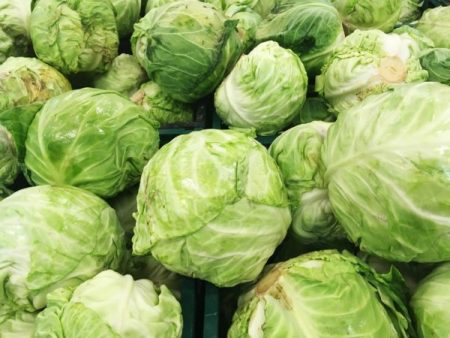
Pectobacterium carotovorum subsp. carotovorum (Jones) Waldee is a bacterium that causes bacteriosis. A pathogenic microorganism is widespread. It manifests its activity and affects the culture most often against the background of reduced plant immunity. There are several reasons that are the trigger in slowing down the protective function of the immune system.
Imbalance of nutrients in the soil
Excessive nitrogenous substances in the soil lead to the growth of huge leaves. In this case, the structure of the sheet plates becomes very loose, porous. Microbes easily penetrate plant cells through such a surface.
Calcium deficiency exacerbates matters. Plant growth is suspended, the leaves become thin and fragile. Even a small wind easily breaks and damages the cabbage. Through wounds, the infection quickly infects the culture.
To avoid an imbalance of substances in the soil, it is necessary to qualitatively prepare the soil for planting. The introduction of fresh manure or rotted, but in excess, will lead the cabbage to “fattening”. Dressing cabbage can be carried out strictly in accordance with the recommendations of agronomists. In this case, it is better to adhere to the golden mean, do not overfeed the plants and do not make them suffer from a lack of substances. So, with the growth of nitrogen fertilizers, cabbage is no longer required, but phosphorus-potassium compounds will be very useful.
As phosphorus-potassium fertilizer, you can use wood ash. In addition to potassium and phosphorus, ash contains a large number of micro and macro elements.
Weather
The disease develops especially actively in wet and hot weather. Air temperatures above 25 ° C and high humidity are favorable conditions for the rapid growth of bacteria. During prolonged and prolonged rains, a water film forms on the surface of the cabbage leaves. Microbes accumulate in stagnant water and penetrate the plant tissue.
It is impossible to protect cabbage from high temperatures, but you can try to hide plants from excessive moisture.To do this, you can pull a plastic film over the vegetable bed during the rainfall.
Violation of agricultural technology

Cabbage culture is not very capricious, but non-compliance with the basic rules of planting and care leads to the defeat of the disease. The main mistakes:
- increased acidity of the soil;
- the location of the vegetable garden in the shade;
- violation of the landing pattern;
- excessive watering and watering from above;
- crop rotation failure;
- the assumption of the formation of a surface crust on the soil;
- not balanced top dressing.
Pest damage
Pest attack weakens the plant and its immune system. Pests such as cabbage aphids and moths violate the integrity of cabbage leaves. Through the damaged leaves of weakened plants, the infection spreads rapidly. Especially dangerous is the cabbage fly, which is the carrier of the disease. To preserve vegetables from the attack of parasites, preventive treatment is necessary.
To scare away pests from the cabbage beds between heads of cabbage, you can plant plants with a sharp aroma, for example, marigolds or garlic.
Late harvest
Among gardeners there is an opinion that it is necessary to harvest cabbage only after a good frost. This opinion is erroneous; frozen cabbage is not suitable for long-term storage. Even if the depth of freezing is not great, the risk of infection with bacteriosis is very high. Therefore, it is necessary to follow the weather forecasts for the coming days and in case of a significant drop in temperature try to harvest.
Treatment and prevention
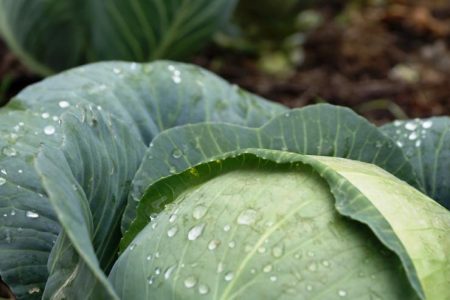
It is not possible to save a crop affected by mucous bacteriosis. Cabbage with signs of disease is not suitable for consumption. In addition, the disease can spread to other cultures. Therefore, when sick heads are found, they are immediately removed from the beds, carefully collecting all plant debris.
You can save cabbage from an insidious disease by regular prevention and compliance with the rules of growing and caring for the crop.
Preventative treatments
Preventive treatments are an important step in protecting cabbage from bacterial infection and pest attacks. You can use both store-bought chemicals and folk remedies.
Chemicals and their use
- Before transplanting cabbage seedlings to the bed, the roots of the seedlings are immersed for two hours in a suspension of the Fitosporin-M preparation. 40 ml of the drug must be diluted in 10 liters of settled water.
- In the phase of formation of the fifth leaf, the cabbage is sprayed with a Gamair solution. One tablet of the drug is diluted in one liter of water. Consumption of the finished composition: 1 liter per 10 m2.
- During the period of active growth, with an interval of 15 days, the leaves are sprayed with 0.1% Sporobacterin working solution. Consumption of 1 liter per 10 m2.
When processing cabbage with various compounds, it should be remembered that the edible part is located above the ground and therefore chemical compositions can be used no later than 30 days before harvesting.
Folk recipes
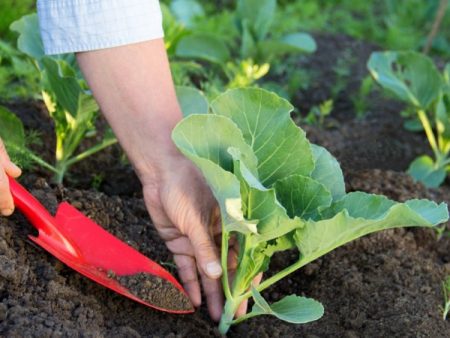
Folk recipes are primarily aimed at combating pests that violate the integrity of cabbage leaves, weaken plants and spread the infection.
- Horsetail broth
To prepare 200 grams of dried grass, pour boiling water (10 liters) and let it brew for 24 hours. The resulting infusion is diluted with water in a ratio of 1: 5 and the cabbage is sprayed.
- Onion and garlic smoothie
In 10 liters of boiling water for 1 day insist 1 cup onion and 3 cups of garlic husk. After the time has passed, the tincture is filtered and the vegetables are sprayed at intervals of once every seven days.
- Essential Oil Based Solution
Oil of fir or eucalyptus in the amount of 20 drops is diluted in 10 liters of water.Aromatic solution is sprayed with cabbage beds.
- Vinegar solution
Two tablespoons of 9% vinegar must be dissolved in 10 liters of water. The resulting composition is irrigated cabbage.
Mucous bacteriosis persists for a long time on the plant residues of affected plants, so they are burned or carried far beyond the site.
Recommendations and Tips
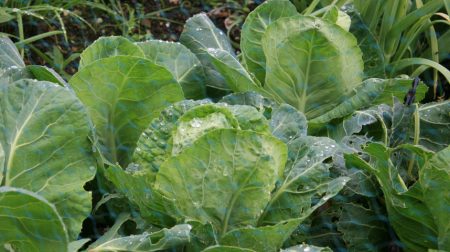
In addition to preventive treatments, avoiding a meeting with mucous bacteriosis in your area will help the implementation of simple rules:
- Choose the most resistant cabbage varieties. Varieties of cabbage that are completely immune to mucosal bacteriosis have not yet been bred. But choosing a variety that is resistant to most fungal diseases reduces the risk of infection.
- process the seeds before planting. Seeds treated before planting give strong shoots, from which plants with a stronger immune system grow. For processing, you can use ready-made tools, such as Epin. Two drops of the substance are diluted in 100 ml of water. Seeds are immersed in the resulting solution for 5 hours. From folk remedies, it is effective to soak the seeds for a day in the juice of an aloe flower, diluted in half with water.
- disinfect the soil. To destroy pathogens living in the soil, the soil can be shed with copper sulfate. For ten liters of water, one tablespoon of the substance is enough. Before processing the soil must be loosened. Disinfection is carried out in the spring 2-3 weeks before planting cabbage and in the fall after harvest.
- watch the acidity of the soil. In addition to the fact that cabbage simply does not like soils with high acidity, an acidic environment is an ideal place for bacteria to multiply. Therefore, it is necessary to monitor the pH of the soil and deoxidize the soil, if necessary. Baking soda does a great job with this problem. It can be applied immediately before planting cabbage in a dry or diluted form.
- apply crop rotation rules. The basis of crop rotation is the rule not to plant the same crop for two consecutive years in one place. It is best to alternate different groups of cultures annually. Ideal precursors for cabbage are: potatoes, tomatoes, garlic, onions.
- follow the landing pattern. The cabbage planting scheme must strictly comply with the recommendations of the originator of the variety. In no case should you save space, and often plant plants. Thickened placement leads to poor air circulation and the accumulation of water on the leaves, and this contributes to the spread of bacteriosis.
- do not violate the regime of storage of vegetables. A month before laying cabbage for storage, it is necessary to disinfect the cellar or basement. For this, you can use ready-made products or dilute a concentrated solution of potassium permanganate. Antiseptic solutions should treat all surfaces. The air temperature in the vegetable store should be maintained at a level of 3-4 degrees heat. Heads of cabbage can be laid out on shelves or suspended by stitches. At the same time, there should be a sufficient distance between them so that air can circulate freely.
To keep the cabbage better on the day of cutting, it is left to lie in the fresh air for 8-9 hours.
Reviews
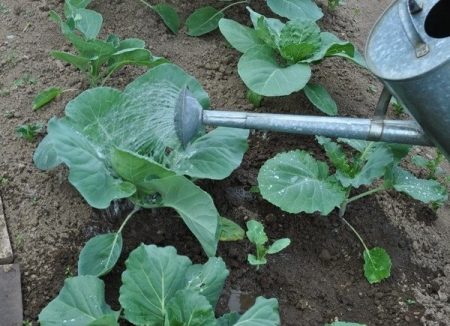
Ekaterina Vasilievna, Chelyabinsk
Faced this problem two years ago. Summer was very sultry and rainy, so mucus bacteriosis in our area took off. By the time of the harvest there was nothing to collect, all 30 heads of cabbage rotted on the vine. In this case, five different varieties were planted. All cabbage was burned outside the site. Since then, twice a year we spill the entire plot with copper sulfate. The next two years, cabbage was grown without any problems.
Olga, Kirov region
Heads periodically rotted in the cellar. We analyzed what could be the matter and decided that we are harvesting too late. They always listened to the grandmother, who said that the cabbage was white frost. And they thought it was something good.As soon as they began to cut off the heads of cabbage until the frosts, the disease receded.
Conclusion
More than 80% of the total number of cabbage diseases are bacterial diseases. To date, there is no safe means for treating these insidious diseases. Therefore, in order to prevent the infection of the crop with an ailment and to get a good crop, it is necessary to follow the rules for planting care and regularly carry out preventive work.

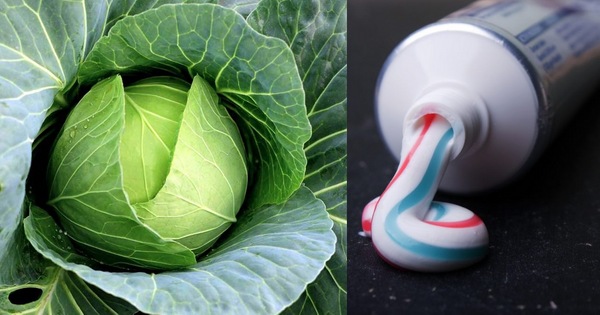
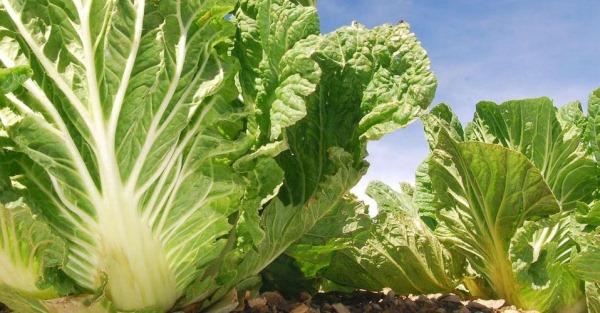
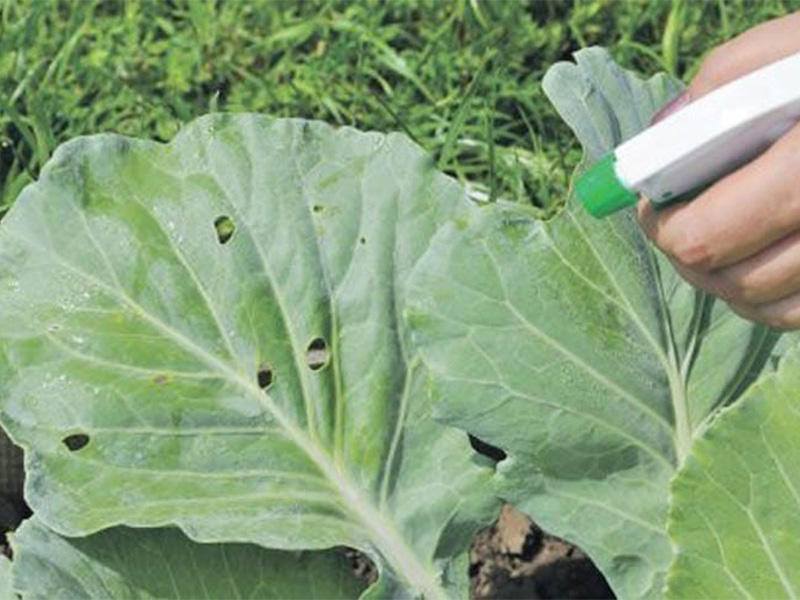
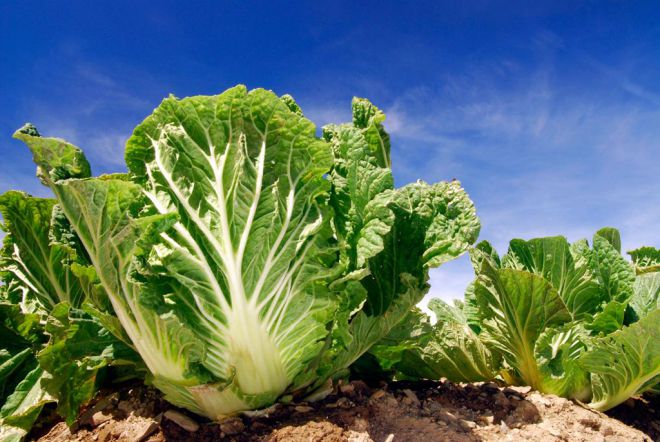 How to grow Chinese cabbage on your site?
How to grow Chinese cabbage on your site?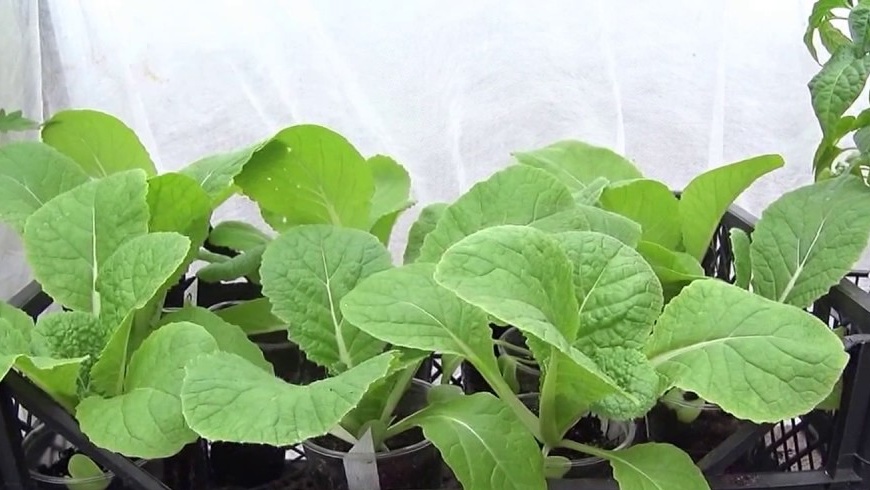 When to plant Chinese cabbage on seedlings in 2024
When to plant Chinese cabbage on seedlings in 2024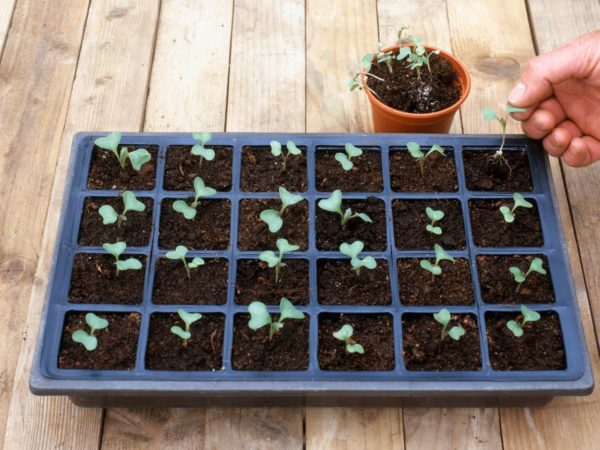 When to sow cabbage for seedlings in 2019 on the moon
When to sow cabbage for seedlings in 2019 on the moon Cauliflower: how to grow large snow-white inflorescences
Cauliflower: how to grow large snow-white inflorescences